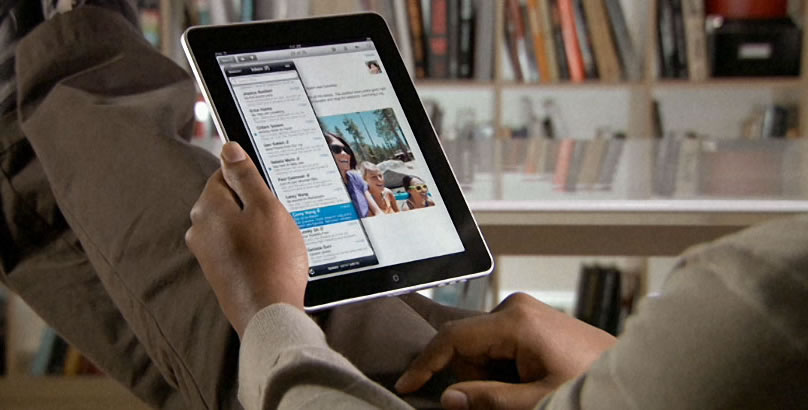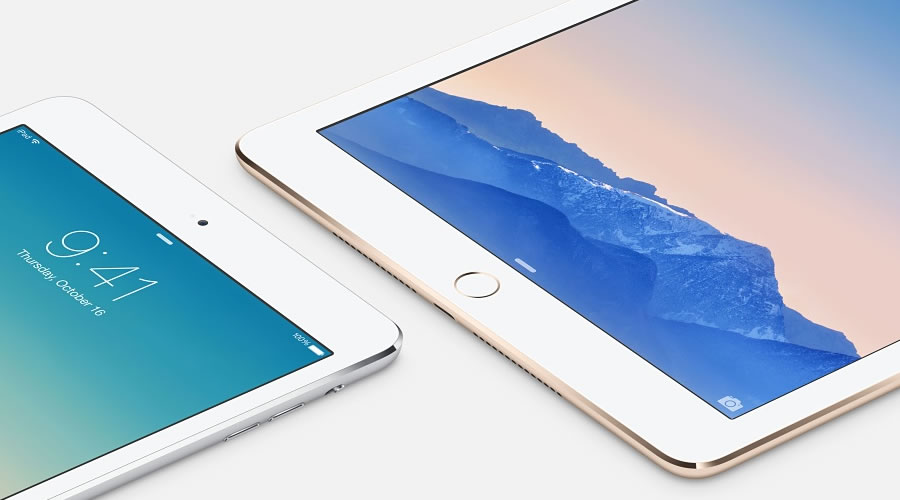If a PC company had flat sales, you might think its CEO would go "phew, not bad when the overall market is declining." Not really though: Lenovo, HP, Dell, Acer and Asus all increased sales this past quarter even though the overall market declined. Apple, too. It's not clear which PC company is suffering, but the strong are getting stronger while the weak are now exiting.
So flat iPad sales – in spite of what Tim Cook may say – is alarming to Apple and Apple watchers. Moreover, now that Apple is selling larger phones, people are realizing that you don't need a big phone and a small tablet. The bigger iPad will need to grow a lot faster for the overall business to grow.
Jeffrey Yuwono is CEO and co-founder of Feecha, a hyperlocal news app for neighbourhoods. A Stanford MBA and Duke undergrad, Jeff writes insightful observations about technology once a day on his blog The Cornerplay and now on this weekly column on TechSpot.
The iPad may not be one of the weak, but it is not one of the strong either. What should Apple do? The company has two options: 1) make the iPad more appealing to a new market segment, and/or 2) deliver the same proposition to the existing market segment better.
That new segment is business. We dedicated a previous column to this topic, but here's the recap: Apple has a ~13-inch iPad Pro in development with split-screen functionality that will make the iPad a stronger suit for business users. The company is also rumored to have a revamped, 12-inch MacBook Air – in other words, that the portrayed iPad Pro might have a larger display than the company's most popular laptop says volumes.
According to the Wall Street Journal, Apple delayed the iPad Pro to early 2015 because of supply issues and so didn't announce it in yesterday's keynote.

Instead, Apple chose to focus on the second strategy: doing the same thing better. The iPad 2, 3 and 4 basically had the same body, so pundits were somewhat surprised to see a noticeably streamlined iPad body for the second year in a row. Perhaps that speaks to the urgency driving Apple with its iPad line.
Apple's strategy with the iPad Air is clear with the sequel – they want to improve the Air enough to make the iPad mini obsolete (and potentially other competing small tablets in the process). The key to doing that is reducing the iPad Air's weight. A larger tablet does everything better than a mini tablet except portability, and specifically, being able to hold the device in one hand while you read. Large tablets were too heavy for that purpose.
That may change with the iPad Air 2, which is 18% thinner and 7% lighter than its predecessor.
I considered purchasing the first iPad Air when it launched and while at the store I tested for "one hand holdability while lying down in bed" (don't ask how). It was just a shade too heavy. That will be the test I give the iPad Air 2 again. If it passes, the iPad mini is truly dead and buried.

The iPad mini 3 is getting squeezed from both sides: the iPhone 6 Plus from the bottom and the iPad Air 2 from the top. There is less and less need for this device to exist; mini tablets, like I long predicted, will eventually become a niche device.
It's no accident Apple spent considerable time talking about the iPad Air 2, and then simply glossed over the largely unchanged iPad mini 3.
